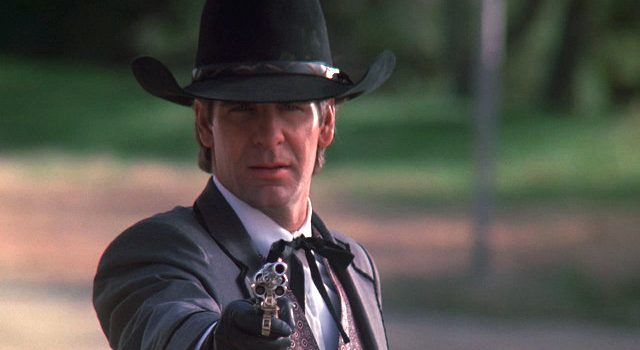Email a copy of 'The Gunfighter’s Guide: Lessons Learned the Hard Way- Part 2, by The Grumpy Gunfighter' to a friend
7 Comments
- Ad USA Berkey Water Filters - Start Drinking Purified Water Today!#1 Trusted Gravity Water Purification System! Start Drinking Purified Water now with a Berkey water filtration system. Find systems, replacement filters, parts and more here.
- Ad Civil Defense ManualThe Civil Defense Manual... The A to Z of Survival. Look what in it... https://civildefensemanual.com/whats-in-the-civil-defense-manual/


Much of this advice works very well when hunting, which is a good activity to practice many of these skills. Good stuff.
One of the best practical articles I’ve seen anywhere regarding actual gunfighting and how to survive if you’re involved in one. Thanks.
Hollyweird movies often make good training films. On how NOT to do it. You will not survive standing around, talking loudly after, or during, or just before a gunfight. Hand and arm signals are of crucial importance, because yelling, “I’m out of ammo”, just tells your adversary you are as good as dead. And practice your hand and arm signals and your movement to fire, or being fired on, or retreating until you get the bends. Do not move fast in dense forest, or any vegetation, and do not return to your base by the same route you left it. If you ARE hit, try not to let the bad guys in on that.
“A skill that will no doubt be useful is how to handle some of that stress.”
and … this skill is … ?
“gunshot wounds very survivable with medical attention.”
with modern medical attention, sure. after teotihuacan, not so much.
If a small group can do as well as a doctor operating in 1865, many lives can be saved. Look at US Civil War doctoring and note how primitive it was, but quite a few men survived horrible injuries (including chest hits to the lungs). Anesthetic above the level of ethanol makes a difference, but what will make the most difference is getting basic medical treatment/support inside the first hour after the injury (perhaps the most important thing learned about trauma care since the VietNam war). Does gman expect that fighting men will be operating alone and unsupported by buddies and medics? That’s a job for super-elite specials, not regular soldiers who can operate well in 5’s and dozens.
don’t run out of ammo